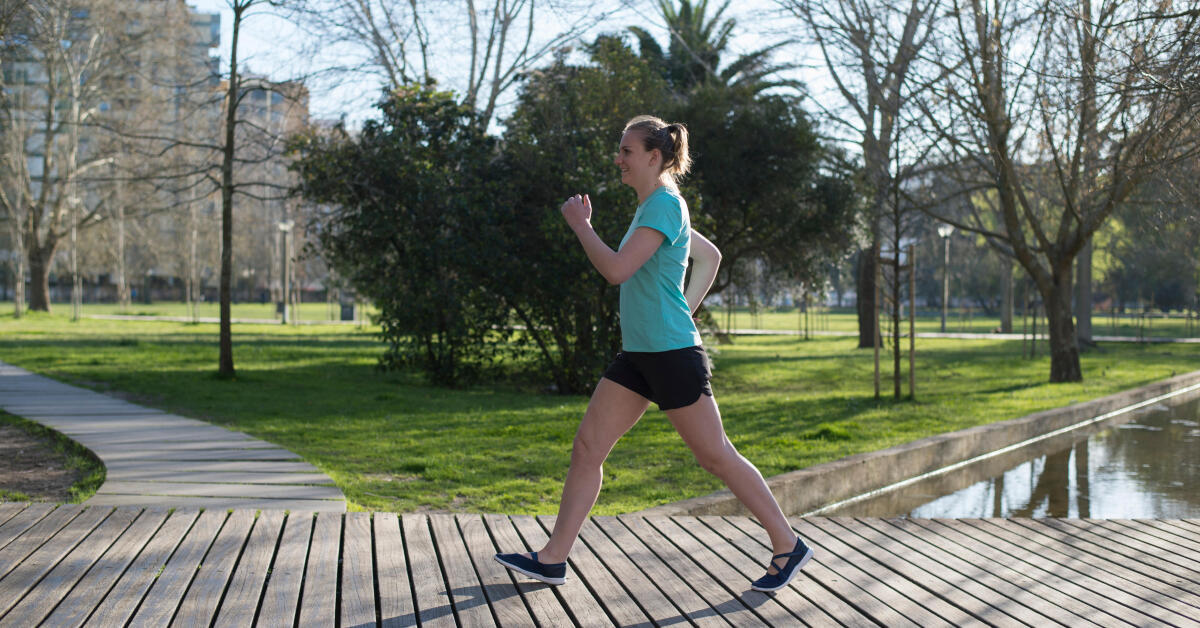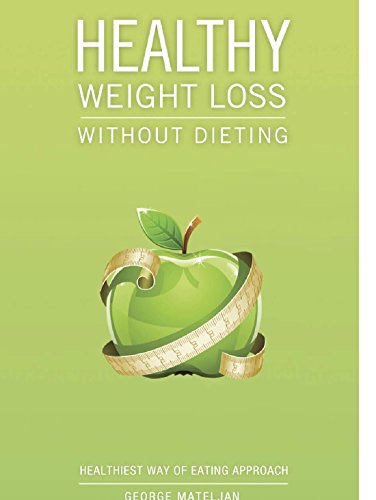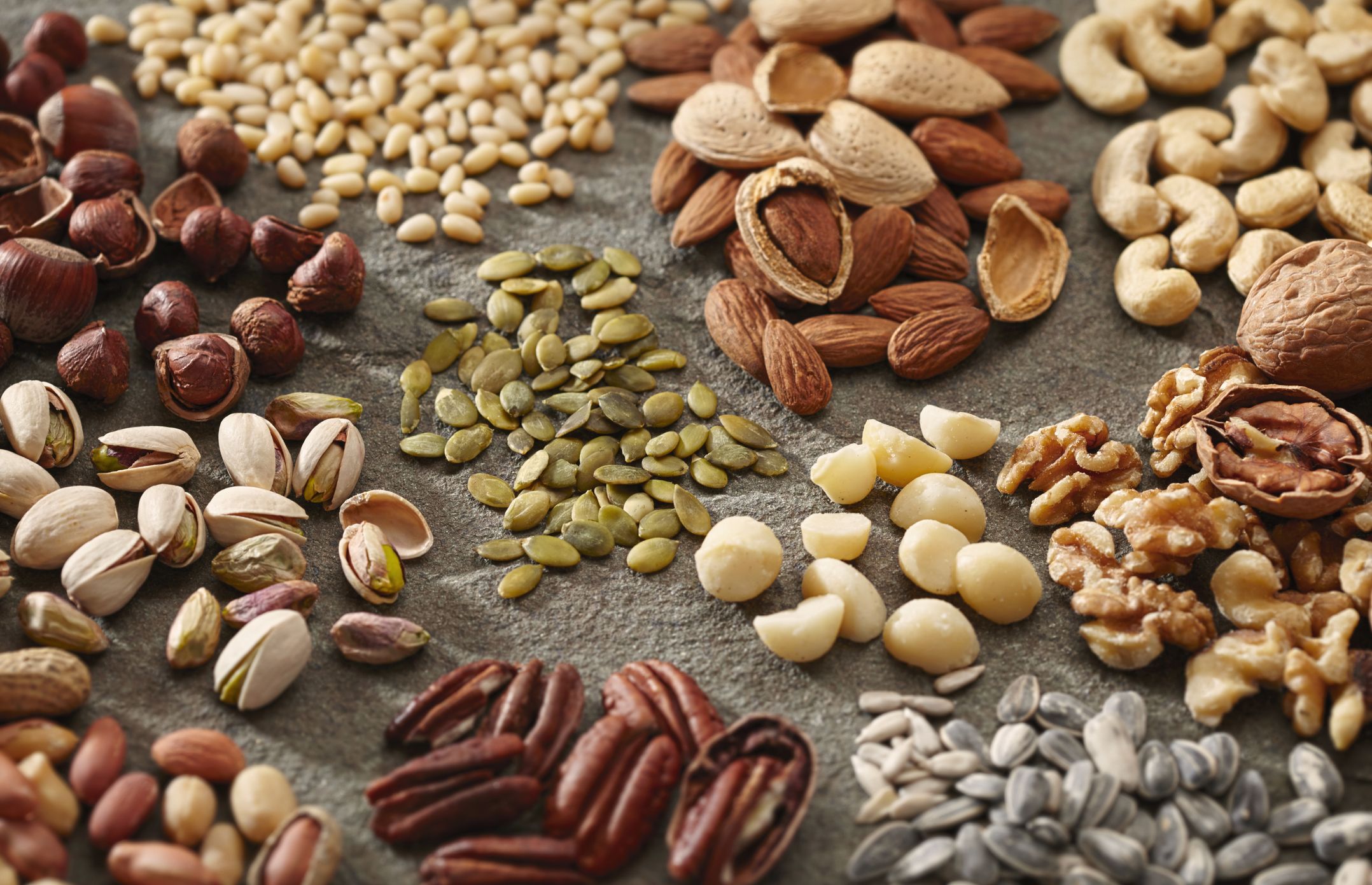
There are some tips that you can use to increase your metabolism. It is important to get enough rest. A good night's sleep can help you lose weight, and your body burn more calories. Green tea can be a natural way for you to increase your metabolism. It may also help increase your calorie burn.
Exercise
Exercising increases your metabolism in many different ways. The first is by raising your heart rate, which tells your brain that you're working and increases your metabolism. Exercise can also increase the production of neurochemicals, which can improve your mood and speed up your metabolism. These effects can last hours, or even days, after an exercise session is over. Your body's ability to retain the effects of exercise can be best maintained by eating healthy foods.

Diet
The food we eat can affect our short-term and long-term health. A healthy metabolism allows us to burn calories and maintain healthy weight. A well-balanced diet is essential to support a healthy metabolism. Avoid restricting calories and avoiding stress. Also, stay away from processed foods. Instead, choose whole, nutrient rich foods like lean meat, turkey and fish. Also, make sure to include probiotic foods and spices as well as green tea.
Foods
There are many foods that can increase metabolism. Avocados are rich sources of vitamin E, potassium, and other minerals. Avocados are low in calories and high in protein, making them an excellent choice for quick snacks. The omega-3 fatty acid in avocados helps maintain your cardiovascular health. Finally, avocados contain fiber, which is good to digest and prevents you overeating.
Get enough sleep
A good amount of sleep is the key to improving metabolism. A minimum of seven to 8 hours sleep per night is recommended for a healthy body. It helps you feel fuller and resists cravings which can lead weight gain. Getting enough sleep can also help you avoid snacking. Insoluble fiber is also a part of your body's natural process. These beneficial bacteria help to reduce inflammation and aid in weight loss.
Get active in the cold
It is a great way to increase your metabolism. It can increase your energy spending by as much at 30%. This is due to the activation of brown fat's metabolism, which heats up quickly and burns calories quickly. Research suggests that exercising in cold temperatures can safely help you lose weight.

Consuming foods with a mediation factor
Foods that can boost metabolism may help you lose weight and prevent the development metabolic syndrome. Thermic effects of foods vary according to their energy content and whether they are derived from animal or plant sources. Foods high on carbohydrates have the highest degree of thermogenesis, while those that are high in fat have a lower level. The energy required for digestion determines how food can induce thermogenesis. Certain foods encourage lipolysis which aids in fat burning.
FAQ
Are there any side effects of intermittent fasting?
Intermittent fasting doesn't have any known side effect. If you don't plan well, you may experience minor issues.
If you skip breakfast, your day might be interrupted by irritability. It is possible to experience headaches and muscle cramps.
These symptoms usually resolve within a few weeks.
What is the best exercise for weight loss?
Many factors influence how much exercise is needed to lose weight, such as age, gender, body size, and weight. Most people require moderate activity at least five days per week.
The American College of Sports Medicine recommends 150 mins of moderate-intensity aerobic exercise per week spread over three consecutive days.
You can lose 10 pounds by doing 300 minutes of moderate-intensity exercises each week, for example. This includes activities like jogging or running, swimming laps and biking.
If you're just starting out, consider doing 20 minutes of vigorous activity thrice weekly. You could do sprints, lifting weights or jumping rope.
Aerobic exercise can also help you burn calories and increase muscle mass. Muscles can burn more calories that fat. So building muscle while losing weight may help you achieve your goal faster.
Why Exercise is Important for Weight Loss
The human body is an amazing machine. It was designed to move. It's designed to move.
Exercise is good for your health and helps you tone your muscles. This helps you feel happier both mentally and physically. Many people have heard the phrase "exercise is important to weight loss." But what does it do?
-
Exercise improves metabolism. When you're active, your body will use energy. Your heart rate increases, blood flow to your muscles and oxygen is absorbed from your lungs when you move. All of these activities consume energy. Your metabolic rate increases, which means you'll burn more calories while exercising. Your body's energy consumption during physical activity is known as the amount of calories burned.
-
Exercise reduces appetite. You will eat less when you exercise, and you will eat fewer calories during the day.
-
Strength is built through exercise. Muscle tissue takes more energy to work than fat tissue. To maintain your current weight, you'll need less calories if muscle mass is increased.
-
Endorphins are released when you exercise. Endorphins make you smile. They are released into the bloodstream during exercise. Studies have shown that endorphins can block pain signals reaching your brain. This gives you a feeling of well-being.
-
Exercise boosts self-esteem Regular exercise leads to higher self-esteem. They live longer, healthier lives.
If you want to lose weight, start with small changes. Try adding one of these tips to your routine today.
Statistics
- A 12-week study in 20 women with obesity found that walking for 50–70 minutes 3 times per week reduced body fat and waist circumference by an average of 1.5% and 1.1 inches (2.8 cm), respectively (healthline.com)
- It's estimated that half of all American adults attempt to lose weight every year (1Trusted (healthline.com)
- According to Harvard Health, it's estimated that a 155-pound (70-kg) person burns around 167 calories per 30 minutes of walking at a moderate pace of 4 mph (6.4 km/h) (5). (healthline.com)
- Among women, the increase in metabolic rate was nearly 4%, or 50 more calories per day (14Trusted Source (healthline.com)
External Links
How To
How to Intermittent Fasting
Intermittent Fasting is a method of dieting where you only eat one meal per week, typically Monday through Friday. This diet aims to lower your overall calorie intake, while still ensuring you get enough nutrition. It's believed that this helps burn fat faster than if you were eating normal meals throughout the entire week.
The most common form is to limit calories for certain days. This would mean that you skip breakfast each morning, and then eat whatever food you like throughout the day. You could also choose to eat three small meals daily rather than two large ones.
You can choose from many different types of intermittent fasting such as alternate day fasting (alternative day fasting), 5/2 fasts (8/4 fasts), 16/8 fasts, and so on. There are pros and cons to each type of intermittent fasting. Because you don't need to make major lifestyle changes, alternate day fasting can be the easiest way to get started. But, there are some people who find it hard to follow such a strict schedule. These people might prefer to try different methods.
Alternate-day fasting is a good option if you are looking to begin an intermittent fasting program. This will allow for gradual transition to more extreme fasting without having to change your lifestyle.